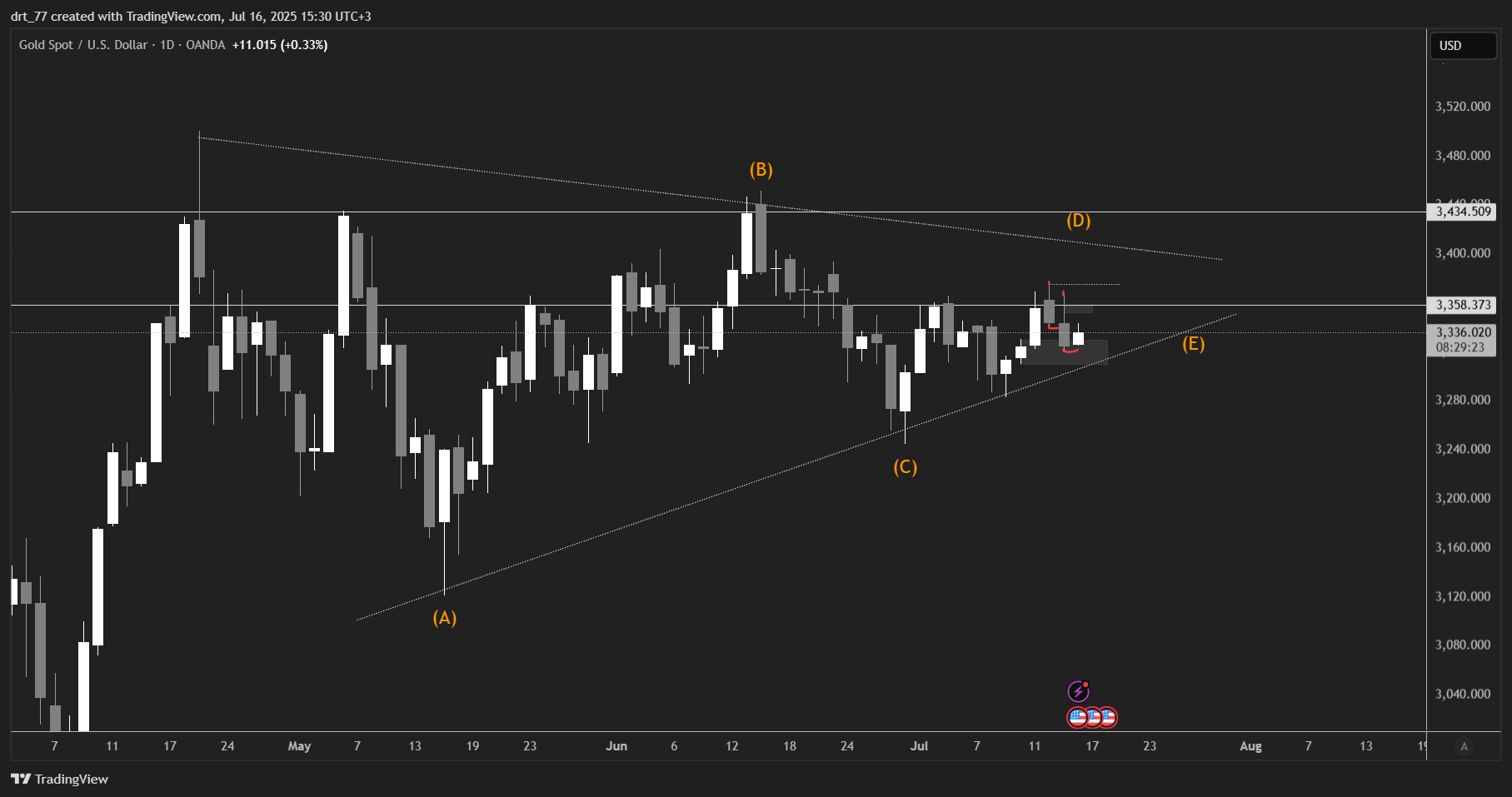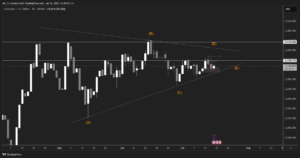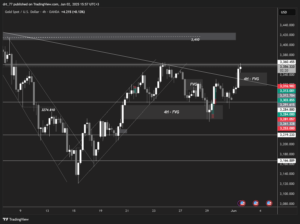The dollar wavers as investors focus on interest rates and economic expectations.
On Monday, June 26, the dollar declined before receiving some support as a haven amid ongoing concerns that prolonged monetary tightening policies pursued by major central banks would further harm global economic prospects.
Meanwhile, business activity in the United States dropped to a three-month low in June, with a worsening contraction in the manufacturing sector. However, economic growth slightly increased in the second quarter.
- EUR/USD: The euro recovered some of the losses it experienced last week, rising 0.05% to $1.0901 in Asian trading. The euro hit a one-week low on Friday after data showed that business growth in the eurozone effectively stalled in June amid a worsening slowdown in manufacturing activity and sluggish expansion in the dominant services sector in the region.
- GBP/USD: The pound sterling increased by 0.11% to $1.2730, also recovering some losses after a 0.8% drop last week, prompted by concerns of a recession in Britain following the significant interest rate hike announced by the Bank of England, raising rates by 50 basis points.
- DXY: The dollar index, which measures the performance of the U.S. currency against a basket of major currencies, remained stable at 102.74 points after a 0.5% increase last week, marking the first rise in almost a month.
- USD/JPY: The Japanese yen rose over 0.2% to 143.39 against the dollar but remained close to a seven-month low at 143.87 recorded on Friday.
- AUD/USD: The Australian dollar, heavily influenced by risk, rose 0.04% to $0.6682 after plummeting nearly 3% last week.
- NZD/USD: The New Zealand dollar also increased by 0.37% to $0.6167 after declining over 1% last week.
Recent events in Russia have kept investors cautious, but the currency market’s reaction has been subdued as the effects of the unsuccessful rebellion are being evaluated.
Market participants closely monitor developments in Russia after the withdrawal of the Wagner private military group fighters from the city of Rostov in southern Russia under an agreement that halted their rapid advance towards Moscow, raising questions about the firm grip of President Vladimir Putin on power.
These events led to a drop in the Russian ruble to nearly a 15-month low against the dollar in early Monday trading.
Gold rebounds from its three-month low as the dollar weakens.
Gold prices rose on Monday, June 26, in early Asian trading, supported by the decline in the U.S. dollar, despite the negative impact of the possibility of the U.S. raising interest rates again this year to curb inflation, which has affected the appetite for the precious metal.
Gold increased by 0.48% in spot trading to $1,931.50 per ounce.
U.S. futures contracts for gold also rose by 0.5% to $1,939.2 per ounce.
Gold declined by 1.8% last week following statements related to the tightening of monetary policy by several U.S. Federal Reserve officials.
As for other precious metals, silver rose by 1.61% to $22.78 per ounce.
Platinum increased by 1.53% to $931.00 per ounce.
Palladium rose by 0.56% to $1,263.00 per ounce.
Oil rises on concerns about the situation’s impact on supplies in Russia.
Oil prices increased in early Asian trading on Monday, June 26, following a brief uprising by the Russian private military group Wagner at the beginning of the week. This raised concerns about political unrest in Russia and its potential impact on oil supplies from one of the world’s largest producers.
Brent crude futures rose by 23 cents or 0.31% to $74.08 per barrel, while U.S. crude futures increased by 16 cents or 0.23% to $69.32 per barrel.
Russia avoided a confrontation between the Moscow leadership and Yevgeny Prigozhin, the head of Wagner, on Saturday after the heavily armed group withdrew from the city of Rostov in the south of the country under an agreement that halted its rapid advance towards the capital.
However, the crisis raised questions about potential disruption in Russian oil supplies.
Brent and U.S. crude oil declined by around 3.6% last week due to concerns about the Federal Reserve raising interest rates again, which could undermine oil demand at a time when China’s economic recovery has disappointed investors after several months of weak data on consumption, production, and the real estate market.
Disclaimer: This article is not investment advice or an investment recommendation and should not be considered as such. The information above is not an invitation to trade and it does not guarantee or predict future performance. The investor is solely responsible for the risk of their decisions. The analysis and commentary presented do not include any consideration of your personal investment objectives, financial circumstances, or needs.





